I'm having troubles getting example A.08-c (attached) from the Examples Guide to converge when measuring the S11. The resonant frequency seems to shift as I make my 'custom' mesh finer.
the recommended mesh size in the example is 'standard' mesh which has a mesh size of approx. 4.9 mm, as I decrease the mesh size the results seem to be inconsistent.
I'm trying to find out the most appropriate mesh size while using a custom mesh.
Standard Mesh:
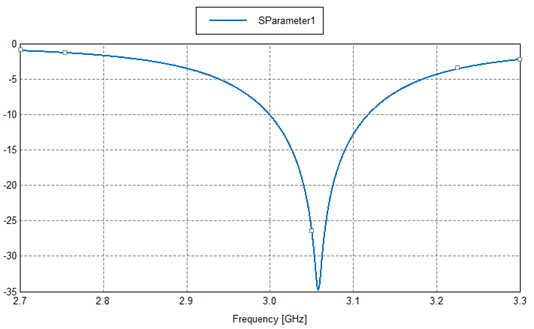
Fine Mesh:
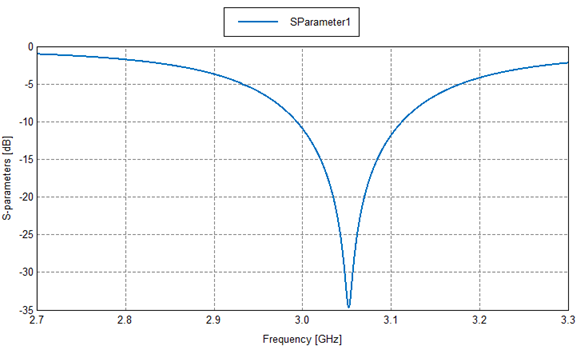
Custom mesh (4.9 mm):
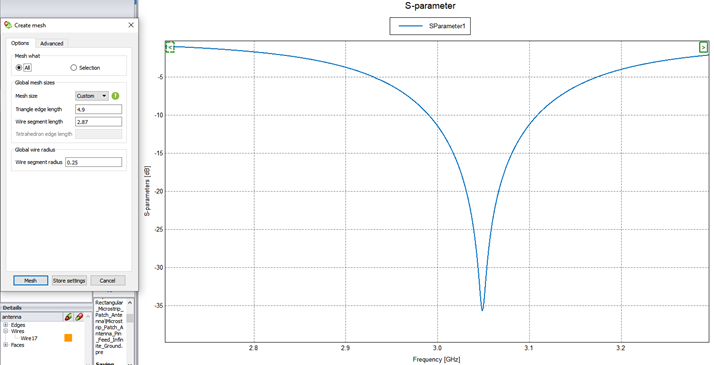
Custom mesh (2 mm):
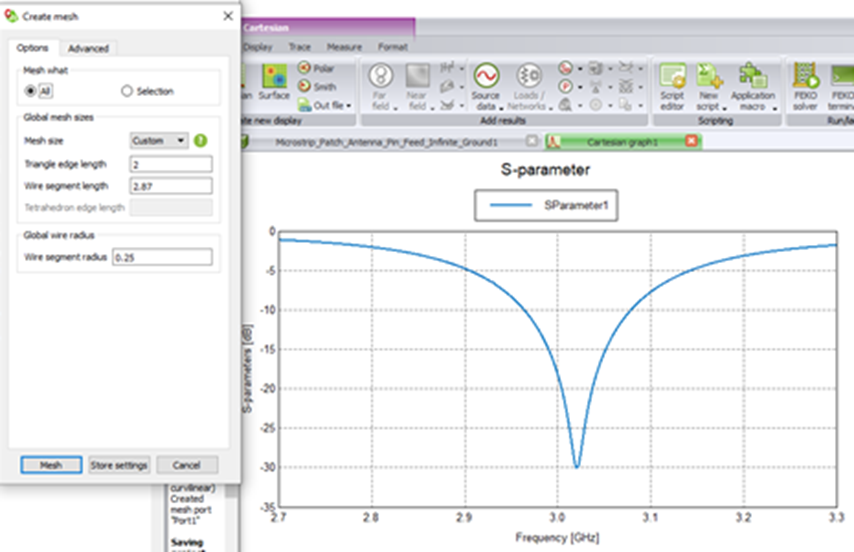
Custom mesh (1 mm):
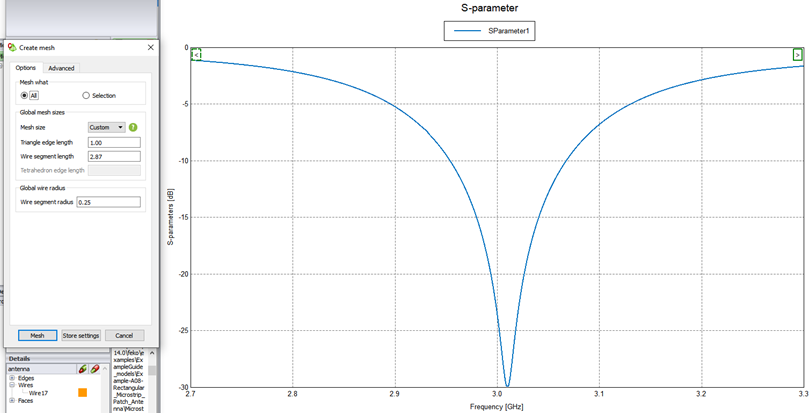
Unable to find an attachment - read this blog